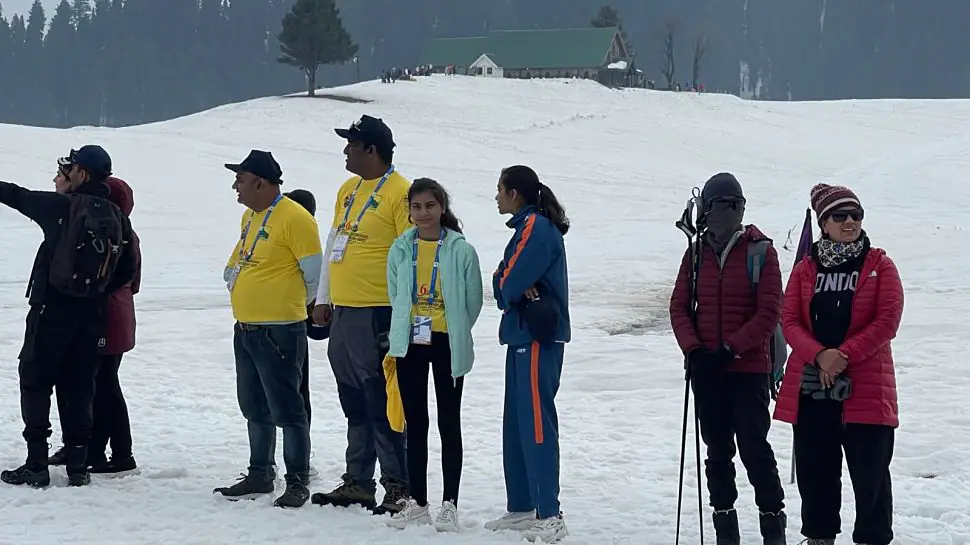India-Japan diplomatic relations started back in 1952. The relations between the two countries were hit after India carried out a nuclear test in 1998. Japan along with other countries had imposed two years of sanctions 1998-2000. The Japan-India Global partnership was launched in 2001, and the bilateral relations between the two countries touched new heights.
Father of Indo-Pacific concept & QUAD
In 2006-07, when Shinzo Abe became the Prime Minister of Japan for the first time, he visited India and addressed the Parliament. And it was in this historic address titled “Confluence of Two Seas” that Prime Minister Abe introduced the concept of the Quadrilateral Security Dialogue (QUAD) in the Indo-Pacific. In fact under his leadership the concept of Indo-Pacific and QUAD (not the QUAD acronym specifically) was introduced.
He, as PM of Japan, played a very important role in the security of the Indo-Pacific region. Free trade route based on international law has been one of his most important global contributions.
India was recognized as an important player in the region to balance the Chinese hegemony in the future of Indo-Pacific integration efforts. He also encouraged India to move beyond the Indian Ocean Region and he wanted India to be the key player on the international platform on either side of the Malacca Straits. This is one of the most sensitive choke points dealing with heavy international trade.
For a free and open Indo-Pacific, he along with PM Modi made structural changes to fulfil the goal. He included India not only as an ally, but India became an important player in the Indo-Pacific Region for several likeminded countries like France, the UK, the US, ASEAN member countries and Australia.
He was also the Chief Guest on the occasion of Republic Day in 2014. Prime Minister Narendra Modi went on his first foreign visit to Japan as a prime minister.
While PM Modi has been to Japan six times in his two terms, former PM Abe visited India three times in his second tenure (2014, 2015, and 2017). This is a record of sorts as no other Japanese PM has visited India so many times in his tenure. At the age of 52, he became the youngest PM of his country in 2006 and he was re-elected in 2012 and he was also the longest serving leader of his country before stepping down in 2020.
Significant projects with the help of Japan
The metro running in Delhi has been built with the help of Japan.
As reported earlier, the foundation of the country’s first bullet train too has been laid by Japan in the presence of PM Abe in Ahmedabad.
Military Cooperation
Under his leadership Japan and India for the first time had the 2+2 ministerial dialogue in defence, foreign policy and the partnership in maritime security, QUAD and infrastructure strengthened.
Despite his ill health, in his last days in the PM office, Abe and PM Modi inked one of the most important defence agreements which allowed each other’s militaries to access bases on both sides for logistic support.
India & QUAD
India is a member of QUAD, and along with other member nations –the US, Japan and Australia has been increasing cooperation in various sectors – to fight against the global pandemic of COVID-19, vaccines and security.
While China considers QUAD as a group against itself, it has been keeping cordial relations with Japan. With India, the armies of India and China continue to be in a standoff along the Line of Actual Control in eastern Ladakh.
Act East Policy
He was considered to be very important for India’sAct East Policy’ and Japan has been engaged in various infrastructure projects in the Northeast region of India.
Diaspora in Japan
According to the Ministry of External Affairs, there are about 40,000 Indians living in Japan.














